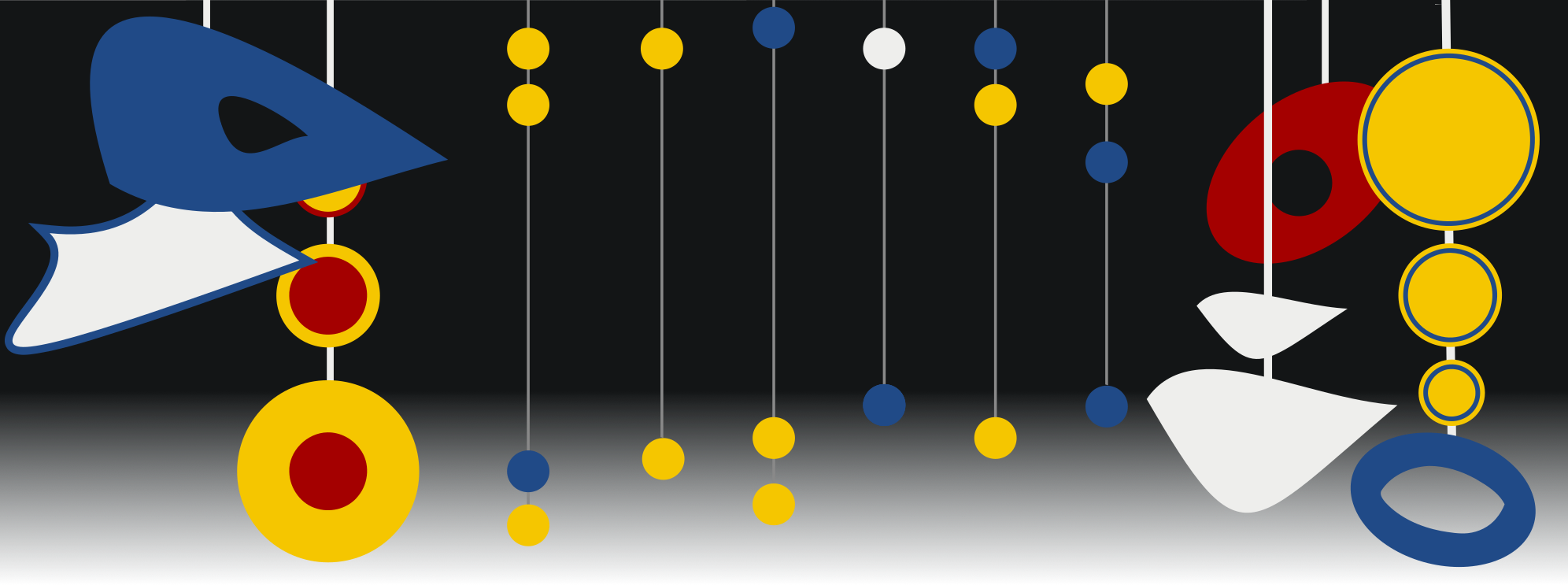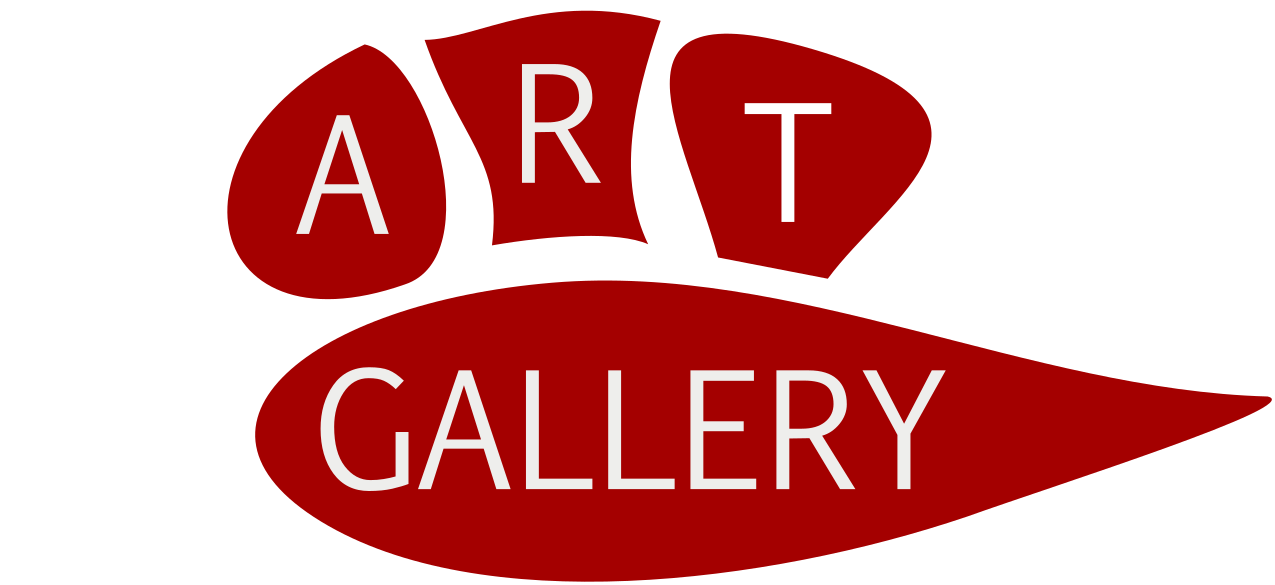Collage
This puzzle is a word association web (sometimes called a Funny Farm). Edges connect words or phrases with a semantic connection, and guessing a word will reveal its neighbors. Some phrases are "topic" phrases, where revealing them will immediately reveal all neighbors of that topic as well. The puzzle starts with seven topics unlocked, marked in green.
In this puzzle, instead of giving topics directly (like "On the farm" in the link above), topics originally unlock as ???. They are still guessable, but to make progress, we must solve around the topics until we get enough semantic hints to solve them.
This is more approachable later in the solve, but at the start, we have no words to work from at all! At this phase, we have to make progress by blindly guessing phrases of matching enumeration until we break-in. Tools like OneLook can identify some enumerations that have few enough options to brute force, like BLUE-EYES WHITE DRAGON and THE FISHERMAN AND THE JINNI, or we may just recognize the format of entries like DUNGEONS & DRAGONS.
As we solve the puzzle, the progress score increases. Internally teams are awarded 1 point for unlocking a phrase and 1 point for solving it. When we earn 90% of the points, we unlock a new gold topic connected to three words, POWER, WISDOM, and COURAGE. This is the answer to the puzzle, TRIFORCE.
Authors' Notes
Alex: In the Author's Notes for Black Widow from Puzzle Potluck 3, the notes said making the word web was much harder and more time-consuming than they expected. I can confirm that even after reading that, making this word web was harder and more time consuming than expected.
Apologies for the many, many long intersecting edges in the graph. When constructing this, I dumped as many words and connections as I could think of into a spreadsheet, then generated the graph based on that. I did this without thinking too much about the planarity or structure of the overall web, and the end result was a lot of words that wanted to be close to one another, but couldn't be due to space reasons. I assume people normally build word webs by slowly branching the web out and visualizing it over time, rather than building the graph at the end.
The graph layout was generated with a D3.js force graph, then tweaked by hand. Zoom + drag implementation was also done with D3.js.

